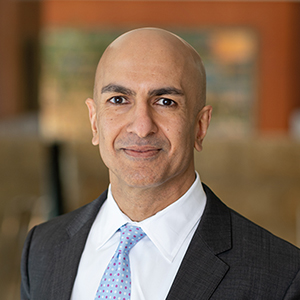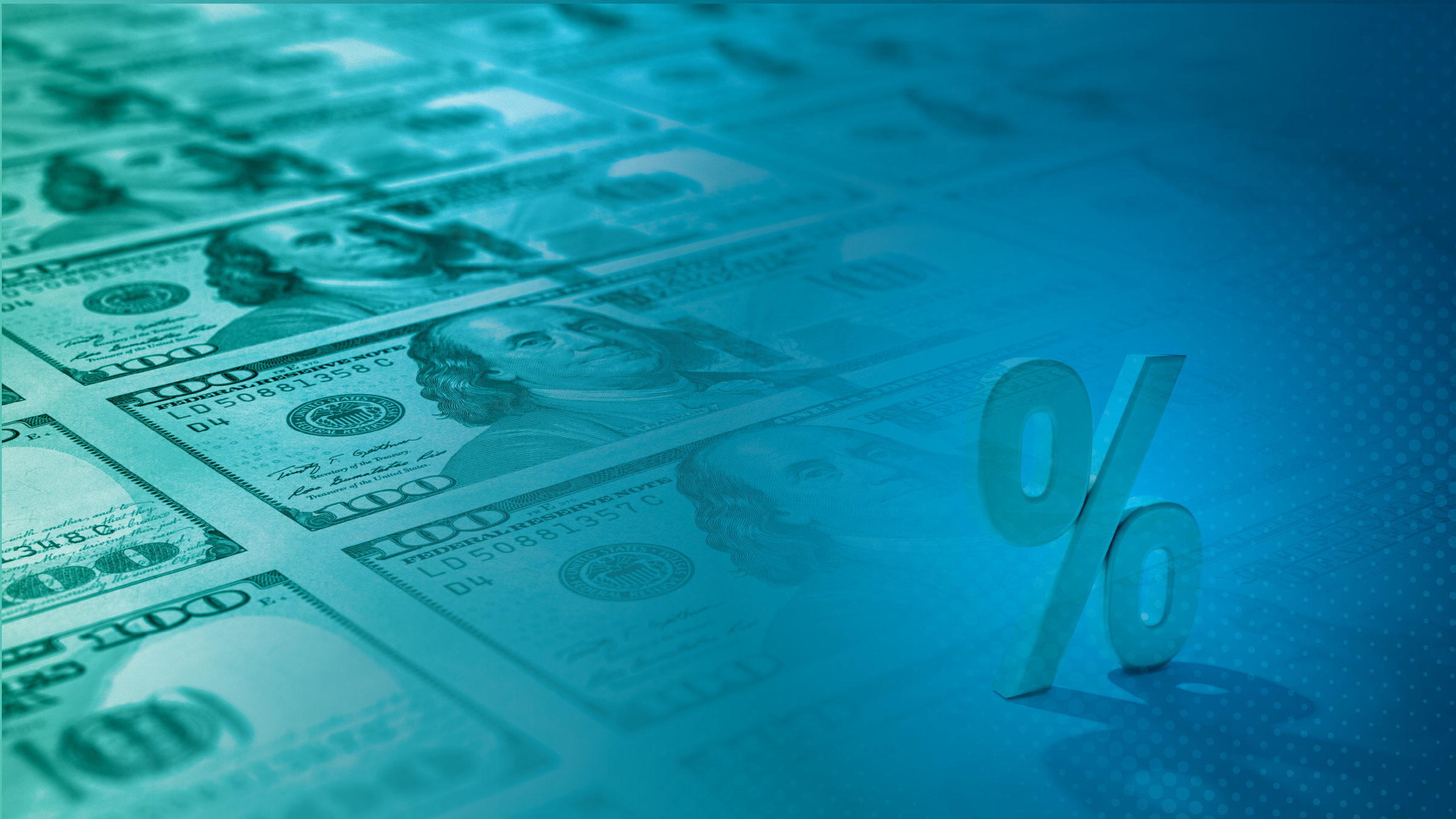This essay is also available on Medium.
On May 6 I published an essay explaining why I focus on long-term real rates to evaluate the overall stance of monetary policy, including effects from both the setting of the federal funds rate and changes to the Federal Reserve’s balance sheet. Please see that essay for a discussion of why long-term real rates drive economic activity rather than short rates or nominal rates.
I argued then that monetary policy had already tightened a lot, but I was unsure if that tightening would be enough to bring inflation back down to the Federal Open Market Committee’s (FOMC’s) 2 percent target in a reasonable period of time, or if the FOMC would have to tighten more than what was then priced into financial markets. Specifically, would we simply have to follow through on our forward guidance or would we have to do more?
Since I published that piece, most of the new information we have received about the economy has been concerning in terms of the outlook for inflation. First, there is little evidence that supply chains have gotten materially better or will anytime soon. The war in Ukraine rages on, and China has continued its zero-COVID policy, with only modest reopenings. Not only is inflation well above target (Chart 1), but the most recent readings of inflation (last week’s CPI) and near-term inflation expectations (Chart 2) suggest inflation may be more persistent than it was expected to be in early May.
In response, the FOMC has raised the federal funds rate by 75 basis points and revised up its policy path for the next few years, as have I (Chart 3).
Financial markets have responded to the FOMC’s latest moves, as shown by the 10-year real rate (Chart 4).
As I noted in my previous essay, prior to the pandemic the 10-year real yield was about 0, which I estimate was roughly a neutral policy stance. In response to the pandemic, the FOMC acted aggressively to support the economy by driving the federal funds rate to the effective lower bound and massively expanding our balance sheet. Those combined effects drove the 10-year real yield to roughly -1 percent. Since we began normalizing policy over the past six months or so, 10-year real yields have fully retraced their pandemic decline and are now nearing 1 percent. So we are already in a contractionary stance relative to pre-pandemic levels. Is that enough?
Unfortunately, I know of no theoretical framework that can tell us how much we will need to tighten long real rates to get inflation back to target in a reasonable time frame. Much of the outlook for inflation depends on supply factors that are difficult to forecast.
As a point of reference, how does our current tightening compare with prior tightening cycles?
Data from the TIPS market only go back 20 years or so; thus, to evaluate earlier tightening cycles one must make a number of assumptions about the neutral rate and about inflation expectations.
I do not think comparisons to the 1970s and early 1980s are particularly relevant to us today because in those decades, the FOMC had to establish its inflation-fighting credibility, so the required monetary tightening was very large.
The tightening cycle in 1994 might be a better benchmark because, as is true now, the FOMC at the time had a lot of credibility with the public, although inflation was not as high in 1994 as it is today. So it is not a perfect comparison either.
Minneapolis Fed staff’s best estimate is that when the FOMC raised the policy rate by 300 basis points in the 1994 tightening cycle, it translated into an increase of about 200 basis points in the 10-year real rate (Chart 5) to what was coincidentally also about 200 basis points above the then-neutral 10-year real rate. So that is the key: it seems as though policy drove the 10-year real rate about 200 basis points above neutral.
How does that compare to our current tightening cycle? If my estimate of neutral being 0 before the pandemic still holds, then we have accomplished almost half the tightening that was achieved in the 1994 tightening cycle.
As I stated earlier, the underlying inflationary dynamics are quite different today than in 1994, so simply repeating the 1994 tightening might not be enough. We have done about half as much real tightening as in 1994, and we might need to do more.
Of course, we are also shrinking our balance sheet, which was not happening in 1994, and that is doing some work for us in terms of pushing up long real rates. But how much of the forecasted balance sheet runoff is already priced into long real rates is hard to know.
So while I supported increasing the federal funds rate by 75 basis points at this week’s meeting, and could support another such move in July, this uncertainty about how much tightening will be needed leads me to be cautious about too much more front-loading. A prudent strategy might be, after the July meeting, to simply continue with 50-basis-point hikes until inflation is well on its way down to 2 percent. Obviously, in such a scenario, the FOMC would still need to remain data-dependent and have the flexibility to account for economic developments that might arise.
If the shocks that are restraining supply begin to subside, then we may not need to raise long real rates as high as we would otherwise. In my most recent SEP submission, I assume that this will take place in 2023, allowing us to then relax policy somewhat in 2024. However, if the supply side of the economy does not improve, or if inflation expectations drift higher, then we might need to continue raising rates beyond what I forecast in my SEP submission. Taking a steady approach to driving long real rates higher might help us avoid tightening more than is necessary to restore price stability, while ensuring that we do enough.





